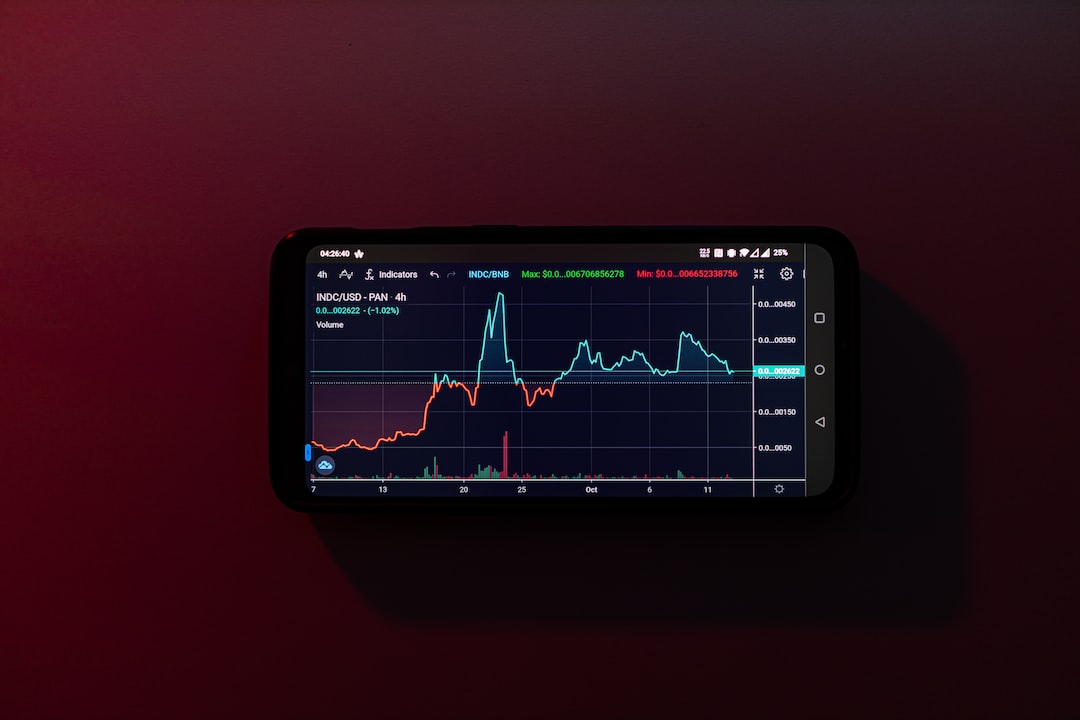Understanding Finality in Blockchain
Finality is a crucial concept in blockchain that ensures the permanence and immutability of transactions on the network. Once a transaction is confirmed and added to the blockchain, it cannot be modified or reversed. Achieving finality is essential for the security and authenticity of the blockchain.
Types of Finality in Blockchain
There are different types of finality in blockchain, each describing a different level of certainty and irreversibility.
1. Probabilistic Finality: In most blockchain systems, like Bitcoin, finality is probabilistic. The likelihood of reversing a transaction decreases exponentially as more blocks are added on top of it.
2. Economic Finality: This concept is associated with proof-of-stake (PoS) systems. A transaction is considered economically final if it would be financially unviable to reverse it.
3. Instant Finality: Ripple offers near-instant finality, where transactions are immediately confirmed and irreversible once recorded on the ledger.
4. Unconditional Finality: When a transaction is confirmed, it is unconditionally final and cannot be undone under any circumstances.
5. State Finality: Some blockchain systems achieve finality not just for transactions but for the entire state of the blockchain. Once a state transition occurs, it cannot be modified or reversed.
Why Finality Matters in Blockchain
Finality provides security and trust in the system by preventing double spending and ensuring deterministic outcomes for smart contracts. It also enhances the safety and reliability of decentralized applications (DApps) by making transactions irreversible.
Challenges to Achieving Finality in Blockchain
Forking, network latency, smart contract vulnerabilities, and 51% attacks pose challenges to achieving finality in blockchain. These issues can result in delays, inconsistencies, and potential reversals of transactions.
Techniques and Consensus Algorithms to Enhance Finality
Lengthening confirmation times, multiple confirmations by validators, and innovative consensus algorithms like Algorand’s Pure PoS, DPoS, and HoneyBadgerBFT can enhance finality in blockchain. These approaches ensure quicker and more secure finality.
Future Trends and Developments in Achieving Finality
Hybrid consensus models, advanced cryptographic methods like zero-knowledge proofs, technologies like sharding, quantum-resistant algorithms, and blockchain interoperability are emerging trends to achieve faster and more reliable finality in blockchain.
Hot Take: The Importance of Finality in Blockchain Security
Finality plays a crucial role in ensuring the security and trustworthiness of blockchain systems. By making transactions irreversible, finality prevents issues like double spending and guarantees deterministic outcomes for smart contracts. However, achieving finality is not without challenges. Forking, network latency, vulnerabilities, and attacks pose threats to finality. To enhance finality, techniques like longer confirmation times and multiple validations are used, along with innovative consensus algorithms. Future trends focus on hybrid consensus models, advanced cryptography, quantum-resistant algorithms, and blockchain interoperability. These developments aim to achieve faster and more reliable finality while maintaining the integrity of blockchain systems.





 By
By
 By
By

 By
By

 By
By